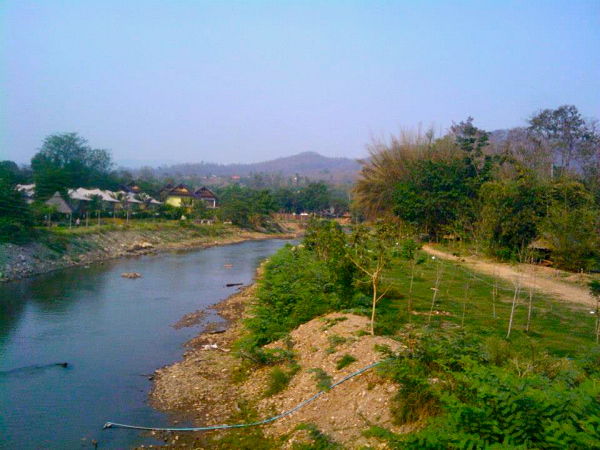Like the weather of most Southeast Asian countries, Thailand weather can be easily characterized as hot and humid. This however does not apply to all of Thailand, because the country’s weather is both influenced by monsoons and geography.
In general, Northern and Central Thailand get less heavier rain than those in the south. The western peninsula of Southern Thailand (where Phuket lies) is the wettest of all during monsoon season. The hottest month across all regions is April.
Latest updates about Thailand weather can be found at Thai Meteorological Department, where daily, weekly and monthly forecasts are available. The list below provides an overview of general climatic patterns in the regions you intend to visit.
- Northeastern Thailand. Winter is seldom heard of in tropical regions, but in Northeastern Thailand, temperatures can drop below zero from November to February, especially at night and early morning. From March until May, temperatures can get as high as 40°C. Heavy rains come in at the start of June until October, and the soggiest month is September.
- Northern Thailand. The mountainous terrain of the area is mostly responsible for this region’s winter in the months of October until February. It can get steamy from March until April, and rainy from May until September. However, compared to the rest of the country, northern provinces generally experience lower temperatures by as much as 5°C throughout the year compared to other parts of Thailand, one of the main reasons why Thais escape to Chiang Mai especially during the cold season. Rains and storms are heavily influenced by the southwest monsoon, but it seldom rains the entire day even during the rainy months. Downpour in Northern Thailand is in short bursts of up to one hour twice a day, leaving travelers plenty more time to enjoy the outdoors.
- Central Thailand. Despite seasonal variations, the weather of Bangkok and Central Thailand can easily be described as hot and humid, even during rainy months. Temperature and humidity are most intense during the months of February through June, while July until October can be very wet, sometimes raining for days on end. The pleasant months are from November to January when it is mostly cool and dry.
- Southern Thailand (East Coast). Koh Samui and other provinces facing the Gulf of Thailand can be hot, dry and humid from January to August. Heavy rains come during the months of September to December.
- Southern Thailand (West Peninsula). The southwest monsoon brings heavy rains and intense storms to Phuket and the rest of the provinces facing the Andaman Sea, particularly from the months of April until October. The rest of the year is hot, dry and humid. Of all the regions in Thailand, the southwest is the wettest, getting an average annual rainfall of more than 1,000 mm than the rest.
In sum, the best months to visit Thailand are from November to February when it is generally cool and dry. While June through October can be soggy, dressing up for the weather and enjoying whatever the rains bring – think river rafting – can spell the difference between boring indoors and fun outdoors.
Now that you understand Thailand weather better, you can plan wisely. If your time of year is not by choice, you can still make the best of it!





